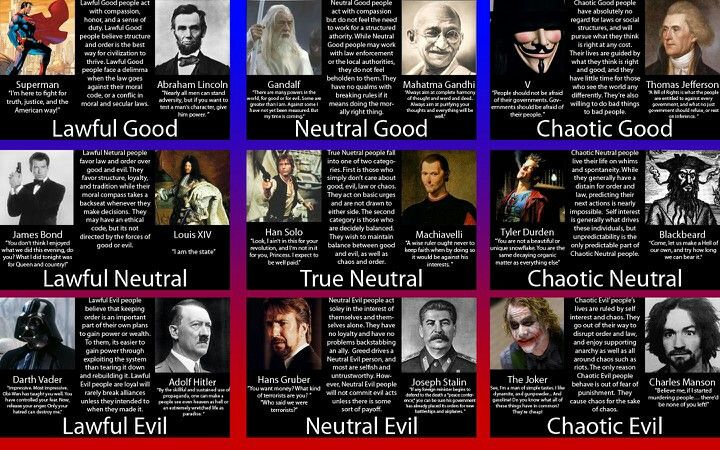As the grand spectacle of the World Cup draws near, every national team manager faces a formidable challenge: how to forge a cohesive, competitive unit from a disparate group of players, often with limited time together. It`s a high-stakes dance between tactical experimentation and the urgent need for results. For the U.S. Men`s National Team (USMNT), this balancing act has become a particularly precarious tightrope walk, highlighted by recent performances that have left fans and pundits alike pondering the path forward.
The Pochettino Paradox: Organized Chaos or Just Chaos?
Under the stewardship of head coach Mauricio Pochettino, the USMNT has embarked on a journey he describes as aiming for “organized chaos.” This intriguing philosophy suggests a team capable of adaptability, flair, and an unpredictable edge. However, recent displays, such as the 2-0 defeat to South Korea, suggest that the “chaos” might be outweighing the “organization.” The team, despite showing flashes of individual brilliance, often appears to be a work in perpetual progress, a collection of moving parts still seeking their optimal alignment.
A look at the statistics from the South Korea match reveals a puzzling picture: the USMNT outshot their opponents 17-5 and generated significantly higher expected goals (xG) at 2.27 compared to South Korea`s 0.74. In the pragmatic world of football, however, these numbers often play second fiddle to the scoreboard. Two clinical finishes from the visitors in the first half proved decisive, underscoring a persistent issue: the inability to convert pressure into goals, and a susceptibility to critical defensive lapses.
The Experimentation Dilemma: Growth or Stagnation?
Pochettino`s tenure has been characterized by extensive experimentation. With 14 different starting lineups in 17 matches, the approach is clear: evaluate every available player, explore every tactical permutation. This can be viewed as a necessary, albeit painful, phase of development. Fringe players are thrown into the deep end, asked to prove their mettle on the international stage. As midfielder Tyler Adams candidly put it, reflecting on his own early national team experiences:
“It`s not always easy to come into a national team. I remember what it was like when I came into my first national team camp and I played like shit so I understand what it`s like right now in the lead-up. Only nine months until a World Cup, they might feel pressure, they might feel nerves.”
This sentiment perfectly captures the double-edged sword of intense player evaluation so close to a major tournament. While it`s crucial to identify hidden gems and test tactical flexibility, the constant churn can hinder the development of crucial on-field chemistry and understanding. The result is often a disjointed performance, where individual efforts struggle to coalesce into a coherent team strategy.
Persistent Patterns: Defensive Woes and the First-Half Curse
Beyond the tactical shifts, certain worrying patterns have become undeniable. The USMNT`s defensive vulnerabilities without key figures like Chris Richards and Antonee Robinson are palpable. Individual defensive lapses, such as those seen from Sergino Dest – a thrill going forward but occasionally lax tracking back – have proven costly. Newcomers, like Tristan Blackmon in his debut, often find themselves under intense scrutiny, with little room for error.
Perhaps most alarming is the recurring “first-half curse.” In their last seven first halves against top 25 opponents, the USMNT has been outscored 11-2. This trend, predating Pochettino, points to a deeper systemic issue – an inability to start matches with the requisite intensity and defensive solidity against higher-ranked teams. While a second-half resurgence, such as the tactical shift to a back three against South Korea, might offer a glimmer of hope, it often comes after the damage is already done.
The Road Ahead: Time is of the Essence
With the World Cup looming, the clock is ticking. The question that hangs heavy in the air is whether Pochettino`s extensive tinkering will ultimately lead to a finely tuned, adaptable squad, or if it risks leaving the team in a state of perpetual transition. The coach remains optimistic, citing the team`s “evolution” and “attitude,” but the results against stronger opposition remain a stubborn reality check.
The journey to the World Cup is never straightforward. It`s a complex tapestry woven with individual aspirations, tactical blueprints, and the relentless pressure of expectation. For the USMNT, the challenge is clear: transform the raw potential and experimental flashes into a consistent, resilient force. The hope is that the “organized chaos” will eventually find its rhythm, and that the lessons learned from these high-pressure trials will translate into a unified, formidable presence on the biggest stage of all.

